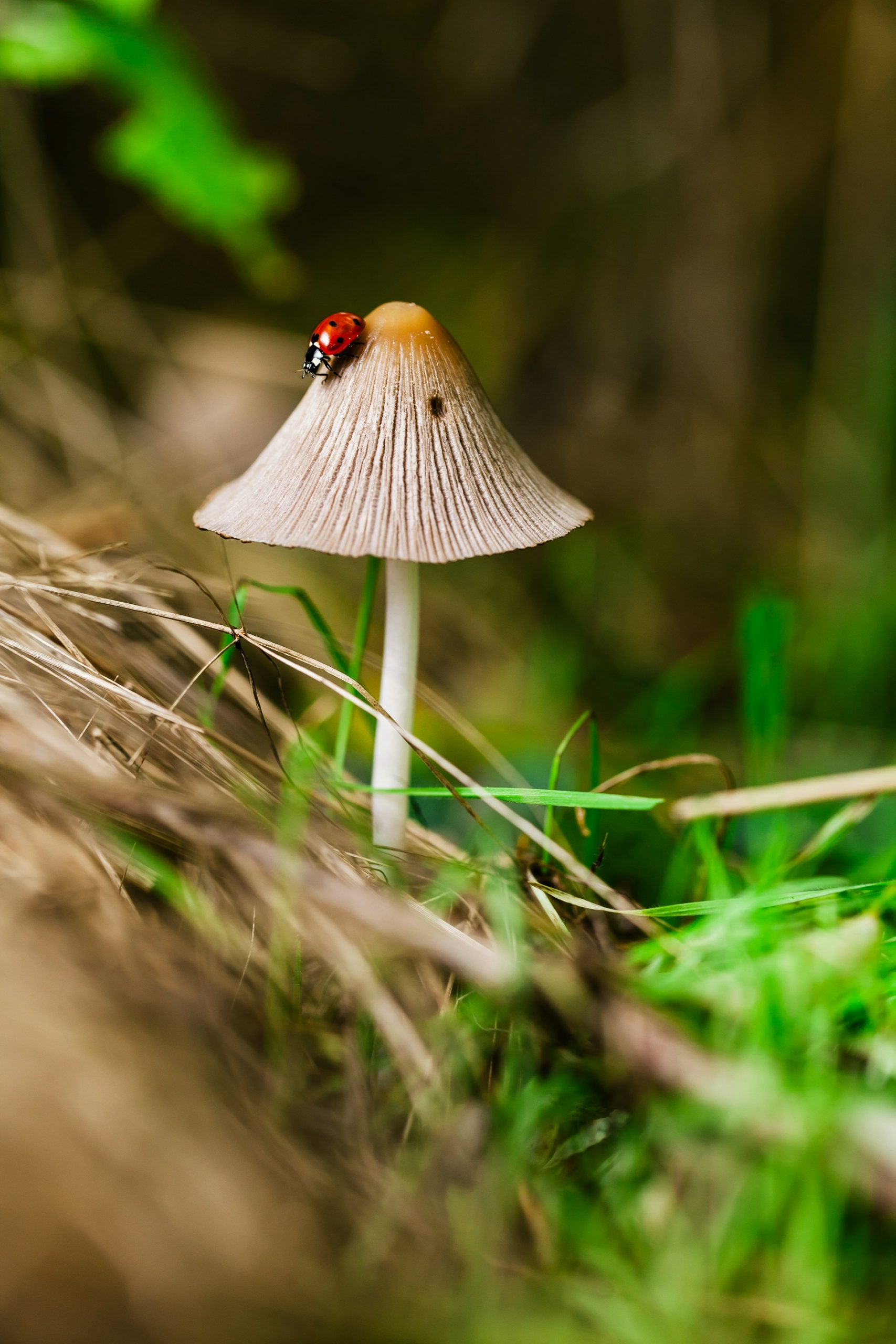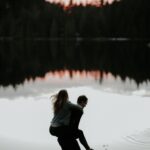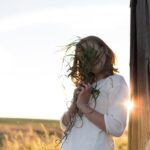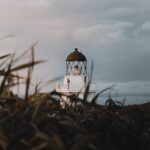Foraging for wild mushrooms can be an incredibly rewarding experience that adds a unique dimension to any camping or outdoor adventure. However, it is crucial to approach mushrooming with caution and respect for the environment. This guide will teach you the safest ways to get started, highlighting the importance of joining a local mycological society and the complexities involved in identifying different species.
The Importance of Joining a Mycological Society
One of the safest ways to start mushroom foraging is by joining a local mycological society. These societies are invaluable resources for beginners, offering both educational opportunities and practical outings with experienced foragers. Here’s why joining a mycological society should be your first step:
- Expert Guidance: Experienced mycologists and seasoned foragers can provide hands-on training. These expert mycologists for beginners can significantly reduce the risks associated with misidentifying potentially dangerous mushrooms.
- Resource Sharing: Access to a wealth of information, including detailed guides, books, and online resources that are often only available to members.
- Networking: Connect with a community of like-minded individuals who share your interest in mushroom foraging and who can offer support and advice.
The Challenges of Identifying Mushrooms
Identifying mushrooms is not as straightforward as comparing photos in a field guide. Many species look strikingly similar, making visual identification alone unreliable. Here are some reasons why mushroom identification can be so challenging:
- Spore Prints: One of the most reliable methods for identifying a mushroom involves taking a spore print. This technique helps differentiate between species that may look alike but have different spore colors.
- Look-Alikes: Many edible mushrooms have toxic mushroom look-alikes usa, making it essential to know the distinguishing features of each.
- Environmental Factors: Mushrooms can vary greatly depending on the soil, moisture levels, and even the time of year, complicating identification.
Beginner’s Guide to Edible and Toxic Mushrooms
Understanding the types of mushrooms you are likely to encounter can make your foraging more rewarding and safer. Here are some common edible mushrooms usa and their toxic look-alikes:
- Button, Crimini, and Portobello Mushrooms: These common edible varieties can be found in many regions and are easy to cultivate.
- Shiitake: Often found in cultivated logs; notable for their rich, savory flavor.
- Morels: Highly sought after; ensure you can differentiate them from false morels.
- Chanterelles: Recognizable by their apricot scent; beware of false chanterelles which may look similar.
On the other hand, here are some dangerous look-alikes:
- Death Cap (Amanita phalloides): One of the deadliest mushrooms, often confused with edible varieties like the straw mushroom.
- Destroying Angel (Amanita verna): Can be mistaken for the edible meadow mushroom.
- False Chanterelle and Jack-o-Lantern: Both can be mistaken for real chanterelles.
First-Time Foraging: Safety Tips
Before you set out on your first mushroom foraging expedition, keep these mushroom foraging safety essentials in mind:
- Go With Experts: Always for your first foraging trips, go with someone who knows the territory and can accurately guide you.
- Carry Essential Tools: Bring along the best tools for mushroom foraging, including a field guide, a knife for cutting mushrooms, and materials for taking spore prints.
- Avoid Unknown Mushrooms: If you’re not 100% sure about a mushroom’s identification, it’s safer to leave it alone.
- Research Local Laws: Be aware of the regulations and guidelines for foraging in your local area to ensure you’re not inadvertently breaking any rules.
Additional safety tips include:
- Use a Basket or Mesh Bag: Using a wicker or mesh bag allows spores to fall and helps with identification later.
- Wear Proper Clothing: Long sleeves, pants, and gloves can protect you from ticks and poison ivy while foraging.
- Consult Expert Resources: Books like “Mushrooms and Other Fungi of the Midcontinental United States” and the North American Mycological Association (NAMA) publications offer in-depth identification tips.
Conducting Spore Prints
One of the critical steps in identifying mushrooms is to conduct a spore print. This method helps distinguish between different species by examining the color of the spores:
- Step 1: Cut off the stem of the mushroom and place the cap gill-side down on a white piece of paper.
- Step 2: Cover the cap with a bowl and let it sit for several hours to overnight.
- Step 3: Check the paper for spore color, which can range from white to black, brown, or even pink.
- Step 4: Use the spore color combined with other identification features to confirm the mushroom’s species.
Conclusion
Embarking on a mushroom foraging journey can add a fascinating and educational component to your outdoor activities. By joining a local mycological society, learning to take spore prints, and always prioritizing safety, you can make your foraging experiences profoundly enjoyable and, above all, safe. Whether you’re driven by curiosity or a love for nature, mushroom foraging promises endless opportunities for discovery and growth.
The North American Mycological Association (NAMA) and other best mycological societies usa offer unparalleled opportunities for learning and connection. Equip yourself with the best tools for mushroom foraging and increase your knowledge through reputable guides and expert mycologists for beginners. Always stay vigilant about toxic mushroom look-alikes usa, and enjoy the richness that safe and rewarding mushroom foraging brings to your outdoor adventures.




